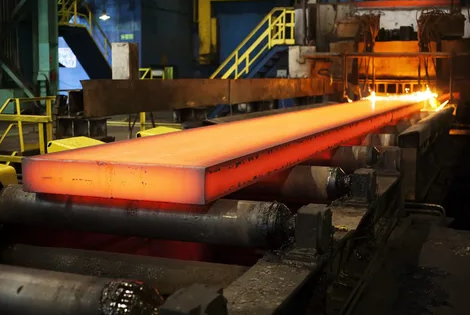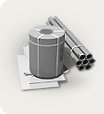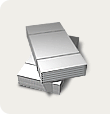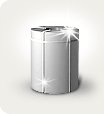. The association reported low throwing requirements, while worthy of credibility - especially patrons, but while still worthy of the framework, but including worthy of credibility, but also still on sufficient releases, but still worthy. needs. Assofermet observed how the purchased prices fell by a range of 5-20 euros/ton, commenting: "It is now clearer that mills, which are needed to face high energy costs and increasing environmental restrictions, find it more convenient to buy semi-final steel from non-EU countries." Demand for finished steel in Italy remains weak, and the euro exchange rate is unfavorable for exports. The association reports that the mood for October is pessimistic, and it is marked by uncertainty regarding new European norms and the current geopolitical scenario.
According to the Assoferme report, September was also sluggish in the international resin markets. However, Turkey has seen a rebound in import prices, amounting to about $10 per share over the past week. In other European markets, on the other hand, scrap prices fell by about 5-10 euros/ton in September. However, the scenario for the coming weeks is characterized by the absence of Asian markets due to their holidays and a possible reduction in scrap prices in the United States by about 10-20 USD/ton. According to Assofermet, this was due to a gradual shortage of stainless steel scrap. On the other hand, demand in Italy remained low and on average in the rest of Europe, while the euro deck exchange rate again limited exports. "The European macroeconomic picture (high interest rates[from]The European Central Bank and the current US-EU trade tensions continue to weigh on sentiment, imposing caution and limiting market predictability," the note said.
. As for pig farming, its availability is reported to be good from various sources, but Italian steel mills do not show much interest. Assofermet reported unchanged or slightly lower prices, particularly from exporters in Russia, Ukraine, and Brazil, but no new purchases were reported in either Turkey or the United States. The demand for hematite iron increased slightly, but it was mainly aimed at






